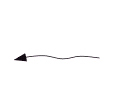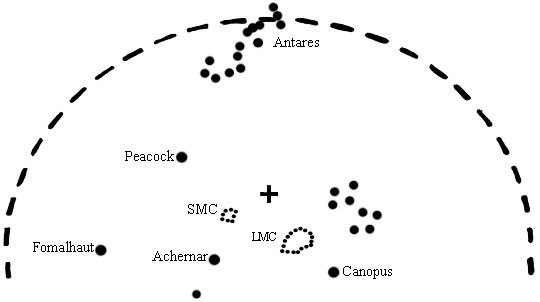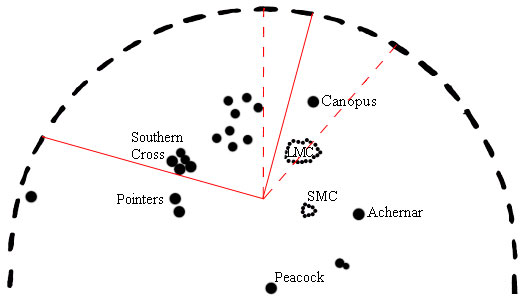Finding stars
This task is about identifying things on a map of the night sky.
How to do this task
|
|||||
|
a)
|
Hold Star Map A in front of you, and with your arm, point out to another student a place in the sky where you would see:
|
||||
| b) | i) |
On Star Map A write the number 1 where you think the Southern Cross will be 2 hours later at midnight.
|
|||
| ii) |
Now write the number 2 where you think the Southern Cross will be at 2:00 a.m.
|
||||
| iii) |
Now write the number 3 on your map where you think the Southern Cross will be at 4:00 a.m.
|
||||
| c) |
Which of these lines would you use to join your numbers in question b)?
|
||||
|
(A)
 |
(B)
 |
(C)
 |
(D)
 |
(E)
 |
|
|
d)
|
Use the line you chose in c) above, to join the numbers on Star Map A.
Star map A - SOUTH
New Zealand star map - south view for mid February at approximately 10:00 p.m.
 |
||||
|
e)
|
Below is another star map for a month later in the year, but the Southern Cross and the Pointers have been left out.
Draw an X on this star map to show the area where these would be.
|
||||
|
Star Map B - SOUTH
(a month later)  |
|||||



